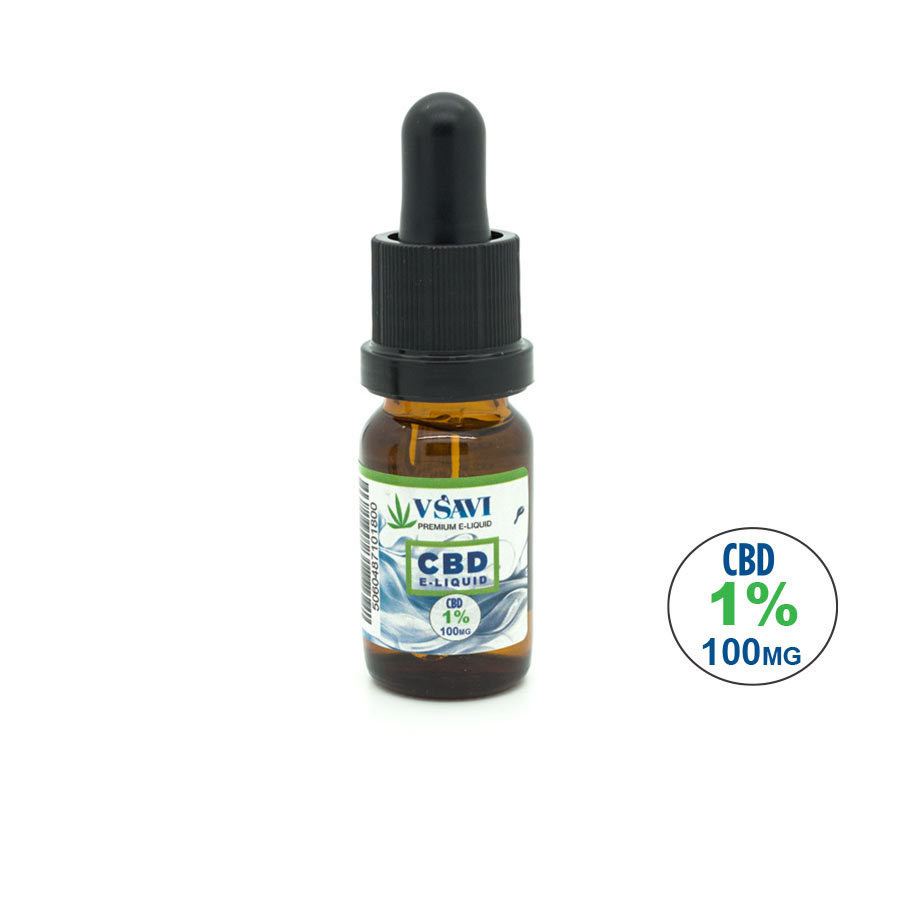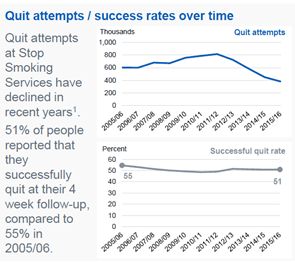CBD vape oil is gaining popularity because of a lot of recent publicity in the UK. The...
StopSmokingBlog
We’ve never really thought of vaping as being sinful, have you? It simply isn’t on our list...
Quitting smoking can be extremely difficult. This is in large part because of the addictive nature of...
As a stop smoking site I am frequently asked what the best e-cig is and why. I...
Are you trying to stop smoking? According to the 2017 NHS statistics there was an estimated 79,000...
What is CBD vape oil? CBD vape oil, also known as cannabidiol oil, is a controversial oil...
I was surfing the web recently and came across the image below from the BeTobaccoFree.Gov website that...
Smoking has many serious effects for your health and is one of the leading causes of preventable deaths...
Advice to help you break the smoking habit and stay on track You already know that smoking...
Electronic Cigarettes (or e-cigarettes) are becoming increasingly popular. If you’re a smoker, you may be considering switching...











